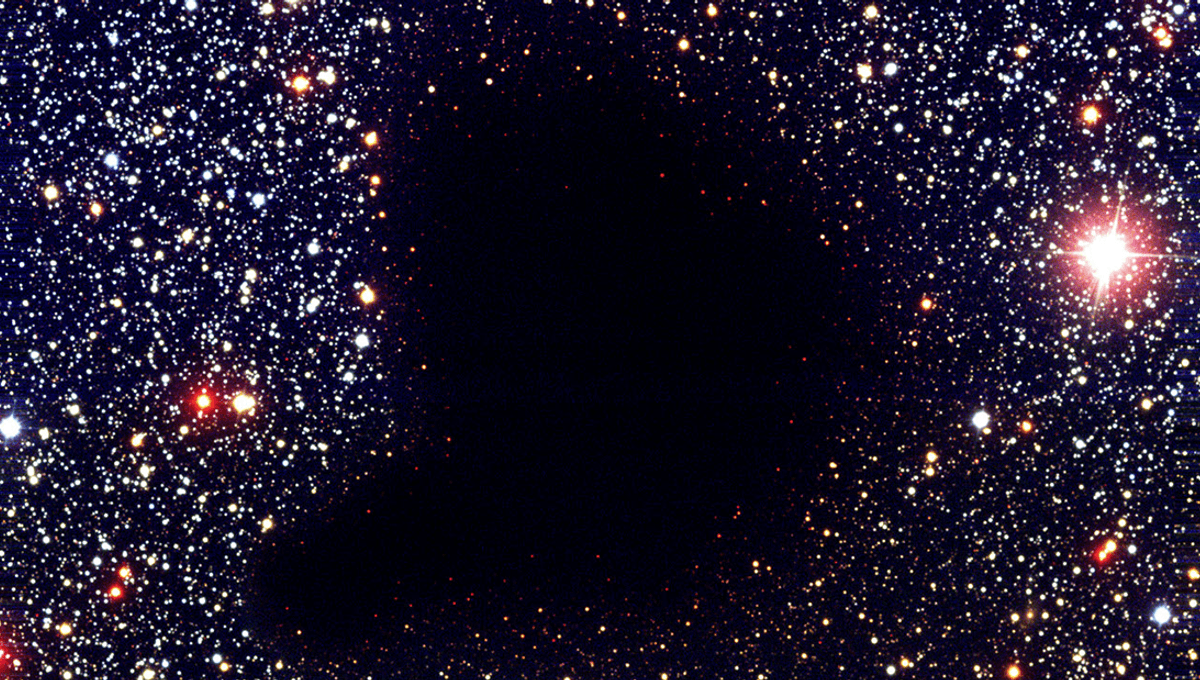
Over recent years, astronomers have investigated an unusual phenomenon: stars apparently disappearing, leaving behind few clues as to what made them vanish from our view.
In 2019, the Vanishing and Appearing Sources during a Century of Observations (VASCO) project attempted to catalog how many stars have disappeared from view in the last 70 years and found around 100 that had gone missing without a concrete explanation.
Stars may dim like Betelgeuse or explode as a supernova before collapsing into a black hole or neutron star, but generally do not simply vanish from view.
“In the delayed neutrino-driven mechanism, neutrinos revive the stalled shock wave, eventually leading to a successful explosion,” the author of a new study write. “In this case, the stellar mantle is successfully ejected and the compact-object remnant is a neutron star (NS) in most cases. However, if the explosion mechanism fails, continuous accretion of matter onto the transiently stable proto-NS pushes the latter over its mass limit and a black hole (BH) forms.”
Smaller stars take longer to use up their fuel. Our own sun (a yellow dwarf) will become a red giant as it depletes its supply of hydrogen, and then a tiny white dwarf as it depletes its supply of helium. These tiny remnants – comprised mainly of carbon and oxygen – may eventually collapse into theoretical black dwarf stars, though there hasn’t been enough time in the universe for this to have happened yet.
So why do some stars appear to just vanish? One possible explanation, which has been tentatively supported by evidence in a new study, is that stars of a sufficient mass can undergo collapse into a black hole without going supernova – they turn directly into a black hole, without a massive explosion we have come to expect.
The team looked at a binary star system at the edge of the Milky Way known as VFTS 243, comprising of a main sequence O star and a back hole orbiting each other every 10.4 days. The team attempted to look for signs of the black hole having emerged following a supernova explosion, including baryonic mass ejecta and “natal kicks” accelerating orbiting objects.
“In the extreme scenario of complete collapse into a BH, the ejecta mass and natal kicks are thought to be very low,” the team explains in their paper. “In this case, mass-energy is lost via neutrinos and, to a lesser extent, gravitational waves. This differs from the archetypical scenario in which anisotropic baryonic ejecta are the main carriers of momentum.”
The team found evidence for the idea that the black hole formed with little baryonic ejecta, suggesting that it could have formed via a total collapse.
“Our calculations provide constraints on the total natal kick and mass loss, which we find to be largely in agreement with mass loss exclusively through neutrino emission and an associated natal kick,” the team wrote, “rather than baryonic mass ejecta”.
While cool in its own right, the team suggested the possibility that this could explain the sudden disappearance of some (large) stars.
“Were one to stand gazing up at a visible star going through a total collapse, it might, just at the right time, be like watching a star suddenly extinguish and disappear from the heavens. The collapse is so complete that no explosion occurs, nothing escapes and one wouldn’t see any bright supernova in the night sky,” Alejandro Vigna-Gómez, co-author of the study, said in a statement. “Astronomers have actually observed the sudden disappearance of brightly shining stars in recent times. We cannot be sure of a connection, but the results we have obtained from analyzing VFTS 243 has brought us much closer to a credible explanation.”
As always, further study is needed, but the observations are quite exciting.
“Our results highlight VFTS 243 as the best observable case so far for the theory of stellar black holes formed through total collapse, where the supernova explosion fails and which our models have shown to be possible,” Professor Irene Tamborra from the Niels Bohr Institute, co-author of the study, added. “It is an important reality check for these models. And we certainly expect that the system will serve as a crucial benchmark for future research into stellar evolution and collapse.”
The study is published in the journal Physical Review Letters.
Source Link: Hundreds Of Stars Have Vanished Without A Trace. A New Study Could Explain Why